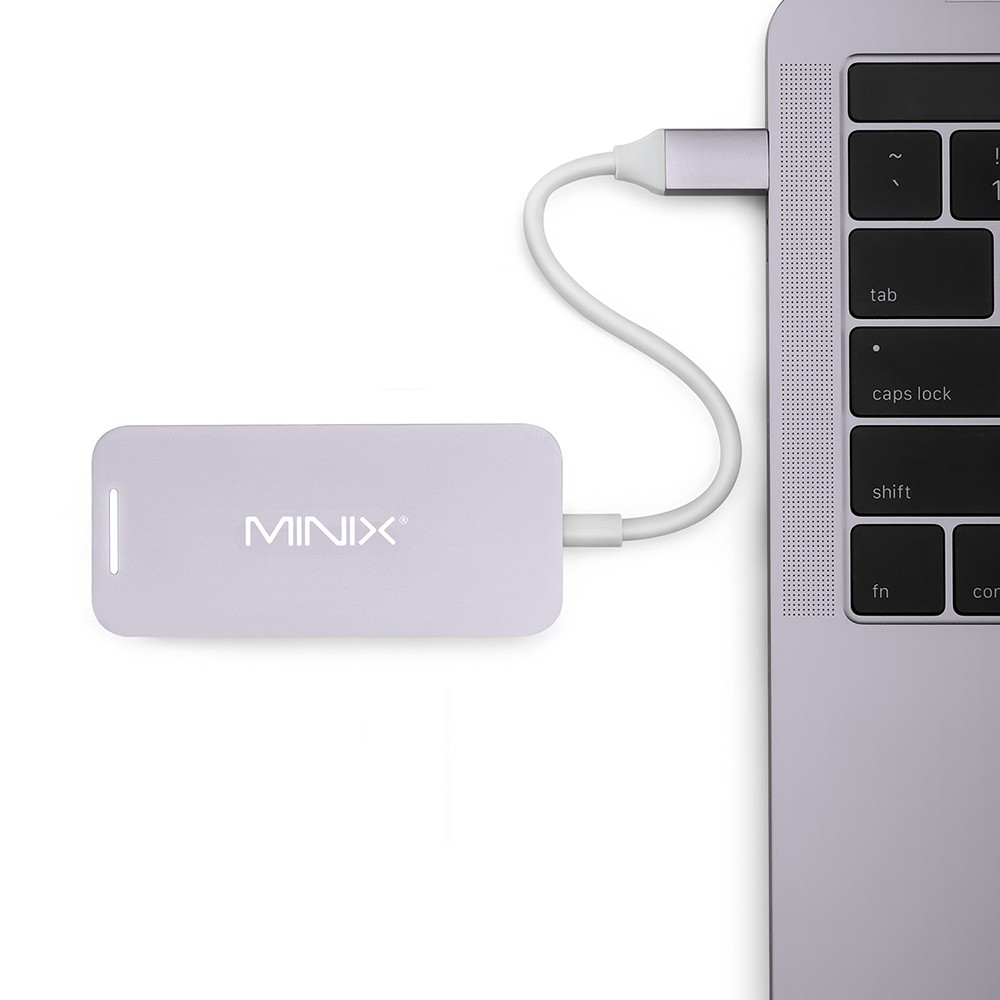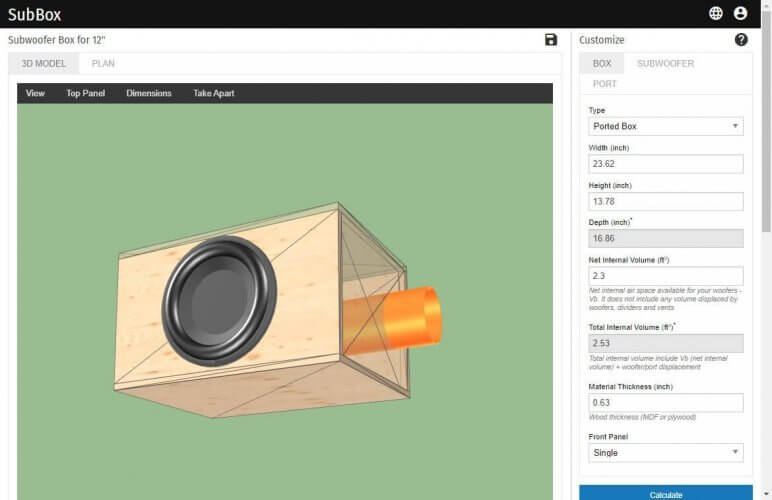
On the right side, you’ve got a Thunderbolt 4 port, an HDMI port, and a full-size SDXC slot on the left side, you’ve got two Thunderbolt 4 ports and a MagSafe power connector. Apple has made so many compromises in the name of thinness for so long that it was about time for the pendulum to swing back, and the extra thickness allows for better cooling and the return of some useful ports. Surprisingly, the extra thickness is mostly in the display - the actual body is only ever so slightly thicker than my old 16-inch Intel MacBook Pro, but you can really see it in the lid because it no longer tapers at the edges.

The 16-inch is even just a little thicker than the older 16-inch MacBook Pro. They’re bigger and heavier than previous MacBook Pros, and they are more squared off.

The first thing you’re going to notice after you take a deep breath and spend the money is that these new MacBook Pros are much more substantial than the outgoing models. These are expensive computers from the jump: even the base model 14-inch starts at $1,999. We reviewed three of the new MacBook Pros: a $4,399 16-inch model with an M1 Max processor with 32 GPU cores, 64GB of RAM, and 2TB of storage and 16- and 14-inch models with M1 Pros with 16-core GPUs, 32GB of RAM, and 1TB of storage that list for $3,099 and $2,899 respectively. The new MacBook Pro 16 (left) and 14 have bright Mini LED displays that support Apple’s ProMotion 120Hz high refresh rate.

So things aren’t quite as simple as our first impression of the MacBook Air with an M1 chip last year - depending on your needs and the tools you use, the Mac software ecosystem might not let you actually get the most out of these machines for a while yet.īut make no mistake: the performance Apple has delivered with these machines combined with the battery life we’ve seen in our tests means that there’s a new standard in the industry - one that Intel, AMD, Nvidia, and every other laptop maker will be hard-pressed to reach anytime soon. That said, the new MacBook Pros are not without their quirks, and the Mac software ecosystem is still catching up to Apple Silicon in general and Apple’s pro hardware GPU ideas in particular. Apple’s big bet on moving away from Intel CPUs and AMD GPUs in favor of its own Apple Silicon chips is paying off in meaningful ways, and if you can afford one of these machines, you will be very happy with them. Let’s start simply: the new MacBook Pros with M1 Pro and M1 Max chips are incredible - the fastest laptops we’ve ever tested in some tasks, with some of the longest battery life we’ve ever seen.


 0 kommentar(er)
0 kommentar(er)
